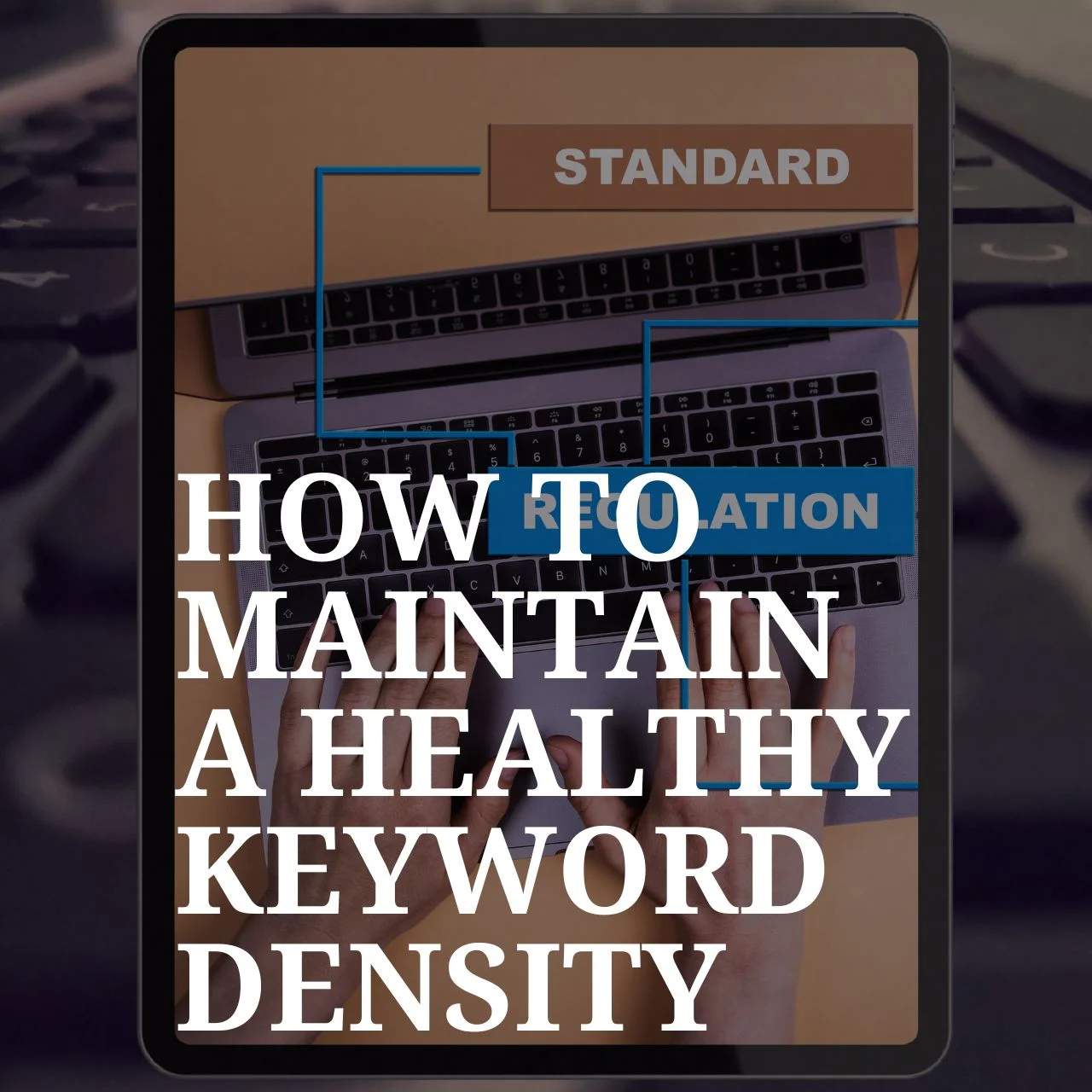
Keyword Density: What Is It and Why Does It Matter?
We all are aware of the fact that SEO is one of the most important aspects of digital marketing these days. SEO helps businesses optimize their websites and ensure that they get higher rankings on the web. Moreover, keywords play a very crucial role in SEO. Likewise, Keyword density is also very important for measuring the overall visibility of the website. The density of keywords simply indicates the number of times any keyword is used in the content. By understanding and adjusting SEO keyword density, you can improve a website’s ranking on search engine results pages (SERPs), leading to increased organic traffic and better user engagement.
What Is SEO Keyword Density?
Let us understand what SEO keyword density is about in detail. So, it can be simply defined as the number of times any keyword is being used in the content or how often the keyword is getting used in the total word count. Search engines need to evaluate the relevance of a webpage to a particular search term. If any keyword is overused, it can lead to keyword stuffing, which may harm rankings. On the other hand, using a keyword too infrequently might hinder search engines from identifying the content’s relevance.
Why Does Keyword Density Matter?
Well, yes, measuring keywords plays a significant role as it influences how search engines rank content. While it is no longer the primary ranking factor, it still contributes to a page’s visibility in the following ways:
1. Enhances Search Engine Rankings
By maintaining a balanced keyword usage, businesses can improve a page’s chances of ranking for specific terms. When search engines analyze a page, they look at how often keywords appear to determine the content’s relevance. A well-optimized keyword strategy suggests that the page provides useful information on the topic.
2. Prevents Keyword Stuffing
By maintaining a balanced keyword density, businesses can improve a page’s chances of ranking for specific terms. When search engines analyze a page, they look at how often keywords appear to determine the content’s relevance. A well-optimized keyword density suggests that the page provides useful information on the topic.
3. Improves Readability and User Experience
Proper keyword usage enhances readability and user experience. Keyword stuffing makes content difficult to read, driving users away. A well-balanced SEO strategy ensures content remains informative, engaging, and natural. A better user experience leads to lower bounce rates and higher retention.
4. Helps Search Engines Understand Content
While search engines rely on various ranking factors, keyword density helps them understand the context of a page. When used effectively, keywords can reinforce the topic without overwhelming the content.
Optimal SEO Strategy
There is no universal rule for the perfect SEO keyword density, but most SEO experts recommend keeping it between 1% and 2%. This means that for every 100 words, the keyword should appear once or twice.
However, focusing solely on keyword strategy is not enough. Instead, combine it with other SEO strategies, such as:
- Latent Semantic Indexing (LSI) Keywords: These are related terms that help search engines understand content better.
- Natural Language Processing (NLP): Writing content naturally while incorporating keywords organically.
- Proper Keyword Placement: Strategically positioning keywords in headings, subheadings, meta descriptions, and the first 100 words of an article.
How to Maintain a Healthy Keyword Density

Achieving the right balance requires a strategic approach. Here are some best practices:
1. Write Naturally
Instead of forcing keywords into sentences, focus on writing content that flows naturally. Search engines prioritize readability and user experience over keyword repetition.
2. Use Synonyms and LSI Keywords
Instead of repeating the same keyword excessively, use synonyms and related terms. For example, instead of using “digital marketing” multiple times, variations like “online marketing” and “internet marketing” can be included.
3. Optimize Keyword Placement
Placing keywords strategically enhances SEO without overstuffing content. Keywords should appear in:
- Title tags and headings
- Meta descriptions
- URL slugs
- First 100 words of the content
- Image alt text
- Naturally throughout the content
4. Use SEO Tools to Analyze Keyword Density
Several tools can help measure keyword density and optimize content:
- Yoast SEO (for WordPress users)
- SEMrush
- Ahrefs
- Moz
These tools provide keyword frequency, readability, and overall SEO score insights.
Common Keyword Density Mistakes to Avoid
Here are some of the common keyword density mistakes that businesses must avoid:
1. Overstuffing Keywords
Using keywords excessively can make content unreadable and trigger penalties from search engines. Instead of focusing on repetition, prioritize content quality.
2. Ignoring Related Keywords
Relying on a single keyword reduces the depth of content. Incorporate LSI keywords to make content more comprehensive and relevant.
3. Neglecting Keyword Placement
Even if the density is optimal, poor placement can weaken SEO. Ensure that keywords appear naturally in key sections like titles, meta descriptions, and headings.
4. Using Keywords Unnaturally
Stuffing keywords where they don’t belong disrupts readability. Always prioritize user experience over keyword frequency.
Keyword Strategy vs. Keyword Frequency
Keyword density and keyword frequency are related but distinct concepts:
- Keyword Density: Measures the percentage of times a keyword appears relative to total word count.
- Keyword Frequency: Counts how many times a keyword appears without considering word count.
- While both matter, keyword density offers a better perspective on how balanced keyword usage is within content.
Final Thoughts
In conclusion, measuring keyword occurrence continues to remain an essential factor in SEO, but it should be part of a broader strategy that includes high-quality content, proper keyword placement, and semantic optimization. By maintaining a balanced keyword usage, using related keywords, and focusing on readability, websites can improve their search rankings while providing value to users.
Striking the right balance between keyword optimization and natural writing ensures that content is both SEO-friendly and engaging for readers. In the ever-evolving world of SEO, adapting to best practices while keeping user experience at the forefront is key to long-term success.



